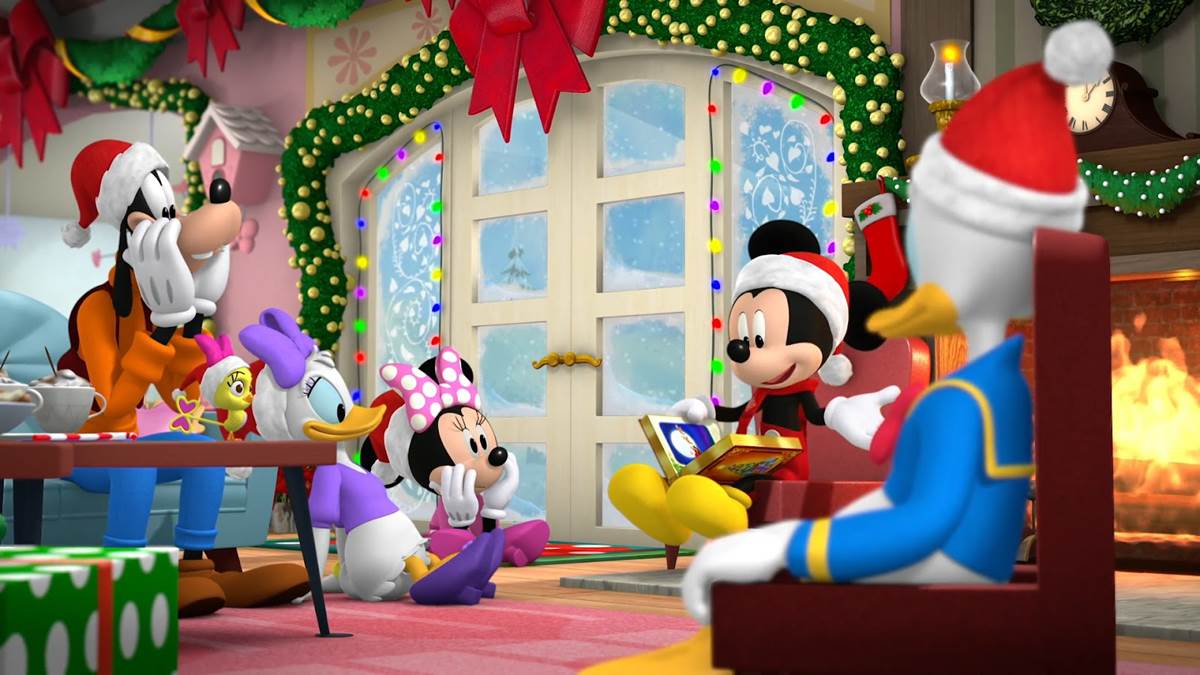

The story's final stretch requires Pinocchio to prove himself "brave, truthful, and unselfish" in the rescue of Geppetto from the belly of a giant whale named Monstro.

Later, "Honest" John and Gideon ferry Pinocchio into the clutches of a Coachman (also Judels) who takes Pinocchio and his new bad boy friend Lampwick (Frankie Darro) to Pleasure Island, a no-rules children's paradise where playing hooky from school, lying, and smoking are the order of the day.but sinister plans are afoot for the hapless delinquents. A fox and a cat, "Honest" John (Walter Catlett) and Gideon (whose hiccup is that of Mel Blanc) waylay Pinocchio on "the easy road to success.the theater" (as any actor will tell you: LOL), where the magical wooden boy becomes the star attraction for low-rent impresario Stromboli (Charles Judels). It's no stretch to see similarities with works like John Bunyan's Christian allegory The Pilgrim's Progress or that other monumental children's film The Wizard of Oz in Pinocchio's picaresque journey, dotted as it is with toils and snares, and overseen by a magical guiding light. "Be a good boy," the Blue Fairy counsels, "and always let your conscience be your guide." It's up to his "conscience" Jiminy Cricket (Cliff Edwards)-given a field promotion to said post by the very same Blue Fairy (Evelyn Venable) who gave Pinocchio life-to keep his new friend "Pinocch" on the straight and narrow path. The marionette is Pinocchio (Dickie Jones), a naïf who defaults to an overly trusting personality and a human nature inclined to hedonism. The Disney version of Pinocchio, while decidely less dark and quirky than either Collodi's original serialization or his own slightly softened version in novel form, expertly balances whimsy, adventure, terrifying perils, music, comedy, and warmth on the way to a reassuring worldview of moral order, of virtue rewarded and the bosom embrace of familial figures.Ĭlocking in at a brisk 88 minutes, Disney's Pinocchio lays out the magical realist story of a marionette that comes to life when its creator, elderly woodcarver Geppetto (Christian Rub) wishes upon a star (after the old nursery rhyme "Star Light, Star Bright"). But adaptation is its own art, here requiring seven screenwriters for seven directors. It's true that producer Walt Disney, in appropriating Carlo Collodi's 1883 children's novel, steered it into a homogenized version that, while populated with many of Collodi's creative concepts, is a horse of a different color. The best way, of course, is to revisit the films themselves, which Disney has been happy to make possible with periodic prying open of the "Disney vault." To revisit 1940's Pinocchio is to find a delightfully entrancing musical-fantasy moral parable for children, with enough artful craftsmanship and wit (and lessons in respectable behavior) to please their adult overseers. It can be difficult to set aside the litany of products and spin-offs-theme parks, Halloween costumes, coloring books, video games and the like-and remember clearly the actual merits of a Disney animated film.


 0 kommentar(er)
0 kommentar(er)
